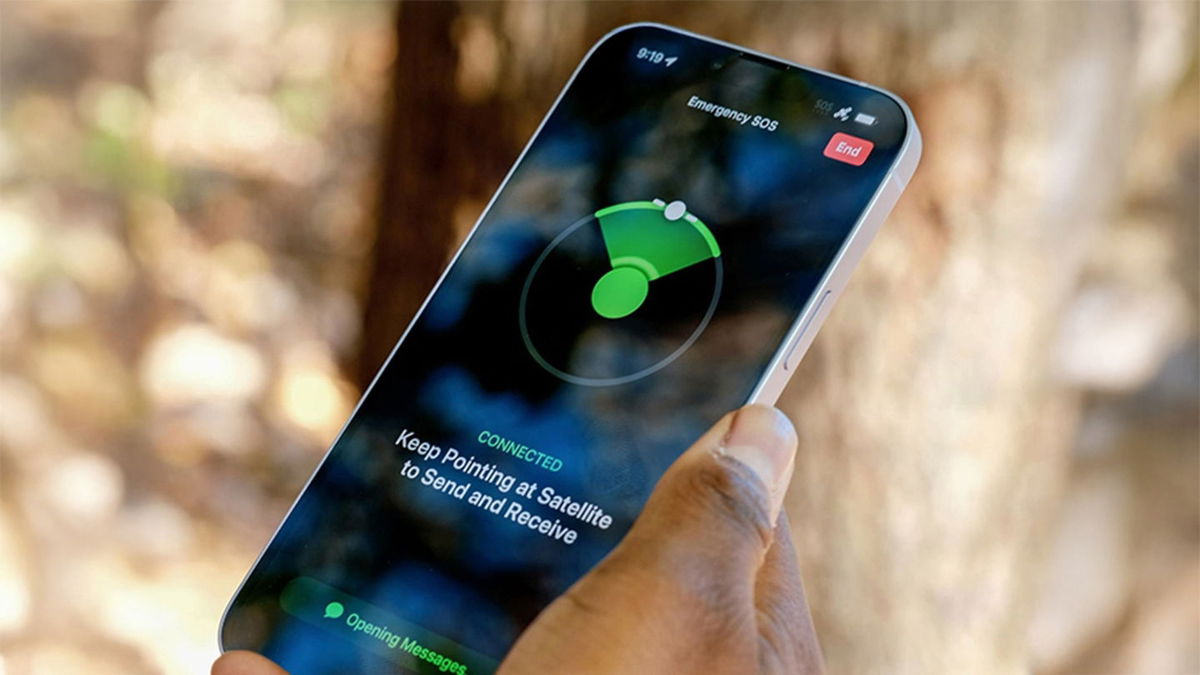The first planetary conjunction of the year will occur on January 27. The planets Mercury and Mars will pass each other by about one-fifth of a degree (12 arcminutes). Since each degree is 60 arcseconds, this means the two planets will appear very close together in the sky with little angular separation.
For astronomical observers, this is an excellent opportunity to view both planets with the naked eye or using simple optical instruments. But stay tuned for this year’s closest planet conjunction It will take place in the morning, just before sunrise.
Unlike planetary alignment, when celestial bodies are “lined up” in the sky, conjunction requires a smaller distance between objects. Logically the whole thing is just a beautiful optical illusion, because in reality these two are far apart in cosmic space.
Details of the closest planetary conjunction of 2024
The planetary conjunction between Mercury and Mars will occur on January 27, 2024 and will be visible to the naked eye. The smallest apparent distance occurs at 15:48 GMT (12:48 in Brasília). In Brazil, you will still be able to watch this phenomenon on the morning of the 28th, although the planets are already a little further away due to Mercury being faster in terms of motion.
In the northern hemisphere, the two planets will be low, above the horizon, and in the southeast, in the constellation Sagittarius. But here below the Equator, both will be slightly higher in the sky.
How to see the planetary conjunction between Mercury and Mars?

To observe the planetary conjunction in Brazil on the morning of January 28, look for a place where the sky is clear and as dark as possible, as this is the best time for observation An hour and a half before sunrise, scheduled for 5:58 a.m. but may vary depending on your specific location within the country.
To determine the position of the planets more precisely, you can use astronomy applications such as Sky Tonight, whose image on your mobile phone corresponds to the real sky.
Follow the steps below:
- Open the app and type the name of the planet you are looking for in the search bar.
- Tap the target button next to the relevant result and the app will show the planet’s position on the sky map.
- Tap the compass to find the planet’s actual location in the sky above your head.
- An arrow will appear and just follow it until you see the real planet.
Planetary conjunctions in 2024
The Mercury-Mars conjunction is the first of many conjunctions we will experience throughout 2024. Then write the next dates in your diary so you don’t miss any of them!
- February 22, 2024: Venus-Mars;
- March 21, 2024: Venus-Saturn;
- April 3, 2024: Venus-Neptune;
- April 10, 2024: Mars-Saturn;
- April 20: Jupiter-Uranus;
- April 29, 2024: Mars-Neptune;
- May 31, 2024: Mercury-Uranus;
- June 4, 2024: Jupiter-Mercury;
- July 15, 2024: Mars-Uranus;
- August 7, 2024: Mercury-Venus;
- August 14, 2024: Mars-Jupiter.
Did you like the content? So follow all the important astronomy events of the year on TecMundo and don’t forget to share the article with your friends on social media!
Source: Tec Mundo
I’m Blaine Morgan, an experienced journalist and writer with over 8 years of experience in the tech industry. My expertise lies in writing about technology news and trends, covering everything from cutting-edge gadgets to emerging software developments. I’ve written for several leading publications including Gadget Onus where I am an author.













